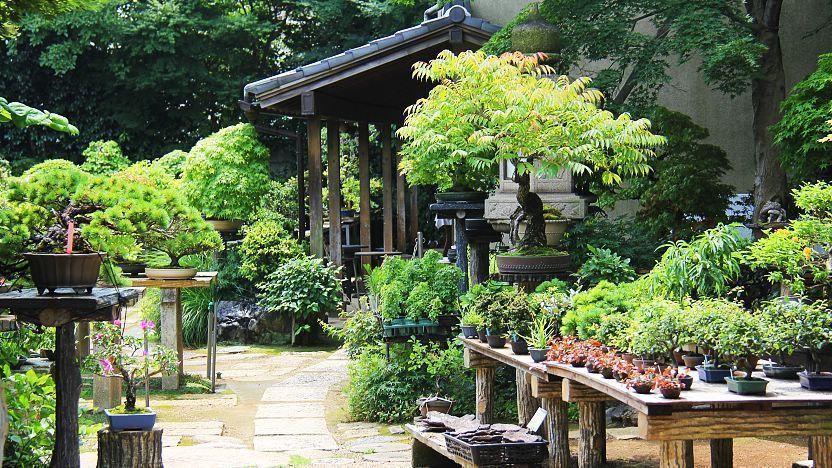Nestled in the heart of Saitama Prefecture, home to the world-renowned Omiya Bonsai Village, a unique destination intimately tied to Japan’s rich cultural heritage and love for nature. As an iconic center for bonsai culture, it attracts enthusiasts from around the globe keen to explore its majestic bonsai nurseries, experience hands-on workshops, and delve into the village’s rich history.
This guide aims to weave together intricate details about the village’s origin, its evolution, the art of bonsai appreciation, and practical travel information, making your visit to Omiya Bonsai Village a cherished memory.
History of Omiya Bonsai Village
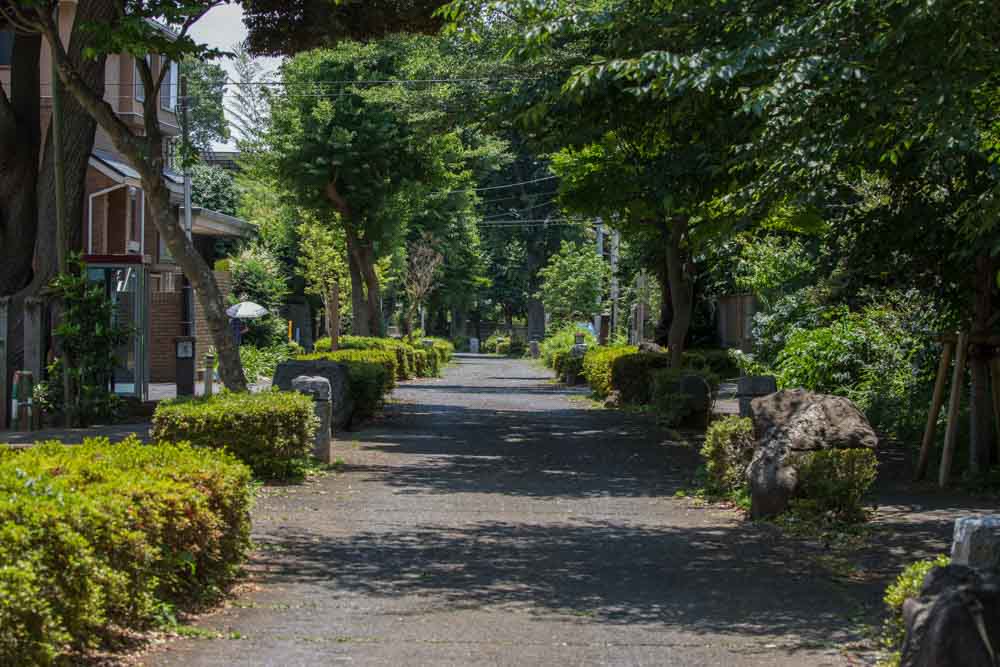
Origins of Omiya Bonsai Village
Emerging in 1925, the Omiya Bonsai Village holds historical significance to Japanese culture and is highly revered in the world of bonsai. The village originated as a refuge for bonsai artists who relocated their cultivation practices from Tokyo following the Great Kanto Earthquake of 1923. Seeking a serene and conducive environment to grow their trees, they decided on the village in Saitama, which offered an ideal climate, pure water, and high-quality soil, crucial resources in bonsai cultivation.
Historical Importance to Japanese Culture
The Omiya Bonsai Village represents more than bonsai cultivation; it is a testament to the resilience of the Japanese people and their dedication to preserving and passing down traditional arts and practices. The village embodies the principle of harmony with nature, a key tenet of Japanese culture, through its careful nurturing of tiny tree sculptures. The bonsai trees in the Omiya Bonsai Village are not just artistic endeavors, but living representations of the bond between human beings and the natural world.

Evolution Over Time
Over the years, the Omiya Bonsai Village has undergone significant growth and transformation. It now houses several famous bonsai nurseries and reflects a blend of traditional cultivation methods with modern practices. Despite these changes, the village’s commitment to preserving the age-old art of Bonsai remains evident. The Omiya Bonsai Art Museum, opened in 2010 within the village, offers visitors insights into bonsai’s historical, cultural, and artistic aspects.
Popularity Among Bonsai Enthusiasts
The Omiya Bonsai Village’s immense appeal to bonsai enthusiasts lies in its tranquil beauty and role as a hub for learning and inspiration. Apart from the array of stunning bonsai specimens, the village offers numerous workshops, events, and ceremonies that enthusiasts can participate in to learn more about the art form. The village’s annual Bonsai Festival in May attracts hordes of visitors, both locally and internationally.
Unveiling Omiya Bonsai Village
The Omiya Bonsai Village, a significant mark of cultural importance, is a must-visit destination featured in any guide to Omiya Bonsai Village Travel. The village offers its visitors a chance to marvel at striking bonsai gardens, engage in assorted events, and immerse themselves in the tranquility it exudes. The village not only enriches visitors with its deep-rooted history and cherished heritage of bonsai cultivation in Japan but also allows them to appreciate nature’s splendor. The unique experience of peace and tranquillity that this village provides is inimitable.
Exploring the Village
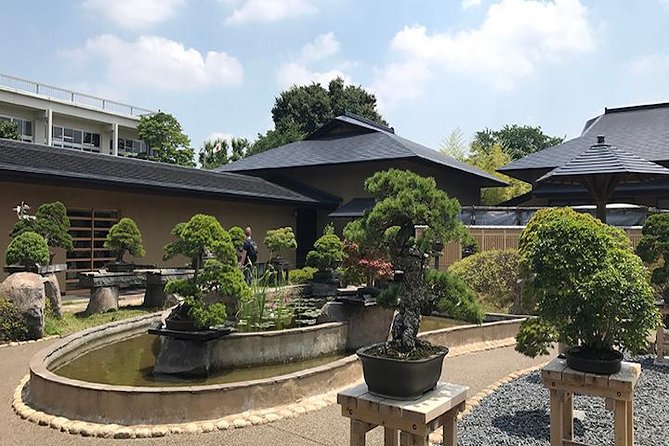
The Structure of Omiya Bonsai Village
Located in the city of Saitama, just a 30-minute train journey from Tokyo, you will find the Omiya Bonsai Village. This idyllic setting, despite its uncomplicated layout, only enhances the peacefulness and uniqueness of the village.
The Village is home to approximately ten independent bonsai nurseries, a Bonsai Art Museum, and a public park. Each nursery is owned and run by highly skilled bonsai masters, most of whom reside on the same grounds as their bonsai trees to tend to them daily.
The Omiya Bonsai Art Museum is a can’t-miss attraction of the Village. This museum features exciting exhibits, including a dedicated museum shop, a versatile auditorium, and a meticulously landscaped bonsai garden. To assist visitors in understanding the exhibits better, they offer a comprehensive audio guide service in multiple languages.
Navigating the Village
Navigating the village may at first seem daunting due to its subtle charm and lack of glaringly visible signs. However, upon arrival at Toro Station of the JR Utsunomiya Line (also known as the JR Tohoku Main Line), numerous maps and signs directing visitors to the village are available.
Most bonsai nurseries are within a ten-minute walk from the Station, and the Art Museum is about a fifteen-minute walk. Since the Omiya Bonsai Village isn’t a tourist trap, but rather a revered location where masters groom their bonsai trees, respectful behaviour is expected. Many nurseries have a “no photography” policy, while others charge a small fee for permission to take pictures.
Unearth the Splendor of Bonsai Nurseries in Omiya Village
Omiya Bonsai Village is home to a diversified range of bonsai nurseries, with each one housing a unique charm. Some nurseries have a keen focus on nurturing specific tree species, while others are devoted to classic aesthetics or avant-garde designs.
Fuyo-en Bonsai Garden, headed by the nationally accredited Bonsai master Hiroshi Takeyama, is celebrated for its exquisite Satsuki Azaleas. These azaleas put on a spectacular show when they come into full bloom in late spring, offering a magnificent sight to behold.
Another distinguished nursery is Mansei-en, a property maintained by the Kato family for six generations. They are lauded for their collection of age-old trees indigenous to the village, including an awe-inspiring, ancient black pine tree that constitutes an impressive entrance to the premise.
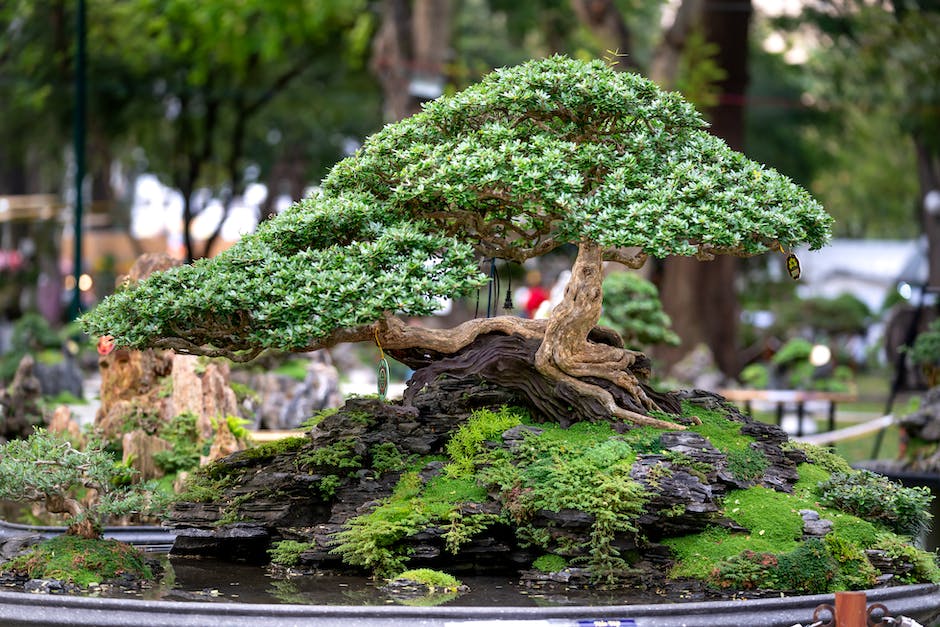
Seiko-en, a nursery that becomes exceptionally dazzling in the fall as the brilliant shades of red and orange maple trees embrace the premises, is handled by internationally applauded bonsai masters Hatsuji and Haruhiko Kato.
The nurseries in Omiya Bonsai Village offer a breathtaking opportunity for visitors to not just be visually mesmerized by the world’s most fabulous bonsai but also to perceive the steadfast culture, commitment, and authentic artistry that contributes to the making of these living marvels.
Mastering Bonsai Appreciation at Omiya
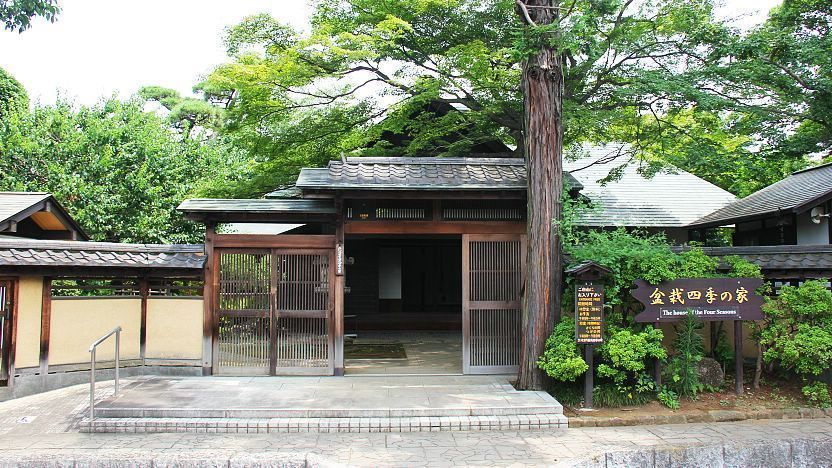
Experience Bonsai Appreciation’s Mastery at Omiya Bonsai Village
The tradition of cultivating and admiring bonsai is deeply ingrained in Japanese aesthetics and culture. It opens up a fantastic avenue for understanding and appreciating nature’s beauty from an entirely distinctive perspective. Located in Saitama, Japan, the Omiya Bonsai Village offers a concourse for this exploration. It flaunts an intricate array of bonsai, demonstrating the commendable craftsmanship and enduring patience needed to fashion these miniature marvels.
At the heart of bonsai appreciation is understanding the concept of ‘wabi-sabi’, a key Japanese aesthetic principle that celebrates imperfection and transience. A bonsai tree isn’t just a tree made small; it is an artistic rendering of nature, often made to look old (however young it might be), twisted, even scarred—just like nature would shape a tree over the course of decades or centuries. Each bonsai depicts a story through its shape, fullness, and balance between its elements.
When you first step into Omiya Bonsai Village, take a moment to dispel any preconceptions. Start by observing the overall silhouette of the bonsai—the shape, balance, and proportion of the tree. It is essential to take in these aesthetics from multiple viewing angles. Also, noteworthy is how the tree interacts with its pots, as the choice of container complements the tree and enhances overall visual impact.
Omiya Bonsai Village is home to numerous bonsai masters, and as such is an incredible display of craftsmanship. Bonsai exemplifies mastery over both horticulture and art. Attend the various exhibitions held in the village to witness firsthand how the artisans artfully prune, shape, and wire the trees to achieve the desired form.
Moreover, the village itself offers a serene and relaxing environment that adds to the overall experience of apprecifying bonsai. As you walk between the artfully arranged bonsai gardens, you’re transported into a world of tranquility, enhancing your connection with nature and strengthening your understanding of the bonsai’s essence.
Understanding the art of bonsai also ventures into knowing its history. The Omiya Bonsai Art Museum, situated in the village, provides an opportunity to delve deeper into the history and cultural significance of bonsai through various exhibitions and informational displays. The museum exhibits not only the bonsai trees but also bonsai-related artifacts such as ukiyo-e art, pots, and tools, giving visitors insights into the depths of bonsai art.
Finally, one key aspect of bonsai appreciation at Omiya is learning the importance of patience and perseverance. A bonsai tree is a living embodiment of years, often decades, of careful and delicate care. Each bonsai is a testament to the time, dedication, and patience of the master who has nurtured it. Appreciating bonsai is, therefore, cherishing the enduring effort put into creating each miniature masterpiece.
Visiting Omiya Bonsai Village is a fulfilling journey that transcends the simple act of observing diminutive trees. The entire experience is educative and involving, delving deep into not only horticulture but also artistry and a comprehensive philosophical comprehension of the dynamics of nature’s beauty. Taking a trip to this fascinating village opens one up to an up-close engagement with these aspects and cultivates an intimate understanding and new-found fascination for this delicate art form.
Participating in Bonsai Workshops
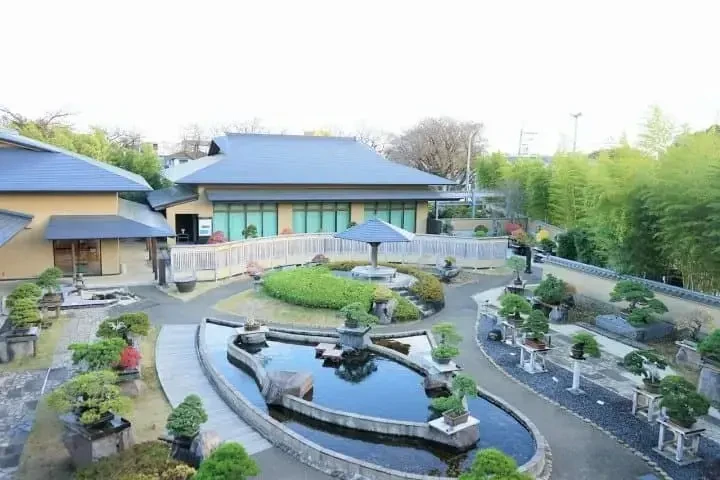
Hands-on Workshops at Omiya Bonsai Village
Offering a myriad of workshops tailored to different skill levels, the Omiya Bonsai Village engages both beginner-level visitors and seasoned bonsai connoisseurs. These action-focused classes are designed to illuminate the fundamentals of bonsai upkeep, including training techniques like pruning, hydration, repotting, and forming, while also exploring more complex considerations. More developed workshops explore thoughtful design aspects, the identification and prevention of diseases, and secrets to sculpting master-level bonsai trees.
Signing Up and Location
Those interested in the bonsai workshops can sign up through the Omiya Bonsai Art Museum’s official website or can make inquiries in person at the village. It’s advisable to book as early as possible due to high demand. The workshops are held at multiple nurseries throughout the village, allowing attendees to learn in an authentic and inspiring environment.

Costs
The cost of the bonsai workshops varies depending on the complexity and duration of the course. Basic workshops often fall within less than 5,000 yen per session while more advanced and intensive workshops, extending over several days, can go as much as 50,000 yen. The fee typically includes materials such as bonsai plants, tools, and pots. However, offering complimentary tools or plants is at the discretion of the specific nursery or instructor conducting the workshop.
What to Expect
Typically, workshops start with a brief lecture on the history and principles of bonsai. Following this, professional instructors guide the participants on how to choose the right pot, trim and shape the tree, care for the plant, and the proper way to display the miniatures. Advanced workshops delve deep into the art form, teaching techniques for creating windswept or cascade styles, root displays, topiary shaping, and much more.
Benefits for Bonsai Enthusiasts
Attending the Omiya Bonsai Village workshops can provide a plethora of benefits for bonsai enthusiasts. Not only do these workshops enable them to gather comprehensive knowledge about bonsai cultivation, but they also offer the opportunity to get hands-on training from professional bonsai caretakers. Attendees can also learn about various bonsai styles and techniques which are often not documented in books or online tutorials.
Moreover, given that bonsai is deeply embedded in Japanese culture, participating in these workshops can also provide a cultural immersion experience. Sharing a workspace with like-minded bonsai enthusiasts provides ample opportunities to learn from peers and share experiences.
Participating in the workshops at Omiya Bonsai Village is an unforgettable experience for bonsai enthusiasts. Delve deep into the spiritual and aesthetic essence of this remarkable art form and enrich your understanding and appreciation in ways unimaginable. The beautiful, tranquil atmosphere of the village makes for an optimal learning environment.
Travel and Accommodation Information
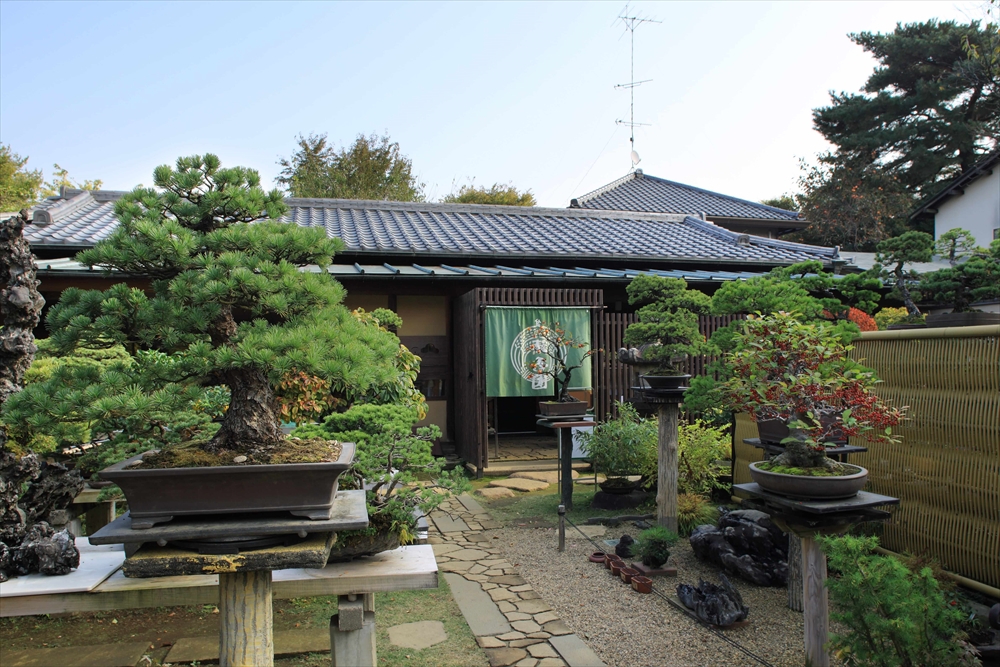
Getting to Omiya Bonsai Village
Nestled in Saitama City, Japan, Omiya Bonsai Village stands as a distinguished hub for bonsai admirers and travelers with an artistic eye. You can easily reach it from Tokyo Station by jumping on either the JR Utsunomiya or Shonan-Shinjuku line, hopping off at Saitama-Shintoshin Station. From here, a pleasant 5-minute walk will land you smack dab in the middle of the village.
Another route is to travel from Tokyo Station to Omiya Station on the JR Keihin-Tohoku Line. Once you reach Omiya Station, switch to the Tobu Urban Park Line, often referred to as the Noda Line, and descend at Toro Station. The bonsai village is merely a 10 to 15-minute amble from Toro Station.
Nearby Accommodations
There are numerous accommodations close to Omiya Bonsai Village that suit all budgets and preferences. High-end visitors can consider the Palace Hotel Omiya, which offers exquisite rooms and top-tier services. Eki-Ben Ryokan is a more affordable option, offering traditional Japanese style rooms in a peaceful setting.
Budget travelers can look toward APA Hotel Saitama Shintoshin Eki-kita, which offers basic amenities and is lauded for its value for money. Family-friendly options such as the Rafre Saitama offer spacious rooms and convenient access to major attractions in the area.
Dining Options Near Omiya Bonsai Village
Omiya Bonsai Village has plenty of palatable food options that offer a taste of Saitama’s local cuisine. For an authentic Japanese dining experience, you might want to visit Shogetsu, a delicate Japanese cuisine restaurant. A slightly more casual option is Sumibi Yakiniku Nakahara, which specializes in tender, flavorful grilled meats.
For those looking for lighter options, Cafe De L’ambre serves light healthy meals along with a variety of local and exotic tea options. For sweets lovers, Shichifukuya Mamehiro has a variety of traditional Japanese sweets that you can enjoy with a cup of matcha tea.
Local Delicacies
While in Saitama, you shouldn’t miss out on local delicacies such as “Hiyajiru Udon,” a chilled udon dish served with a soy-based broth, perfect for warmer months, and “Sayama Tea,” a locally produced tea known for its deep, rich flavor. Additionally, visitors should definitely try “Kawagoe Imokoi,” a sweet made from potatoes and azuki red beans, showcasing the region’s agricultural produce.
Also, many restaurants in the city serve “Unaju,” a classic Edo-style dish that consists of grilled eel served over rice in a lacquered box, as Saitama Prefecture is known for its quality eel production.
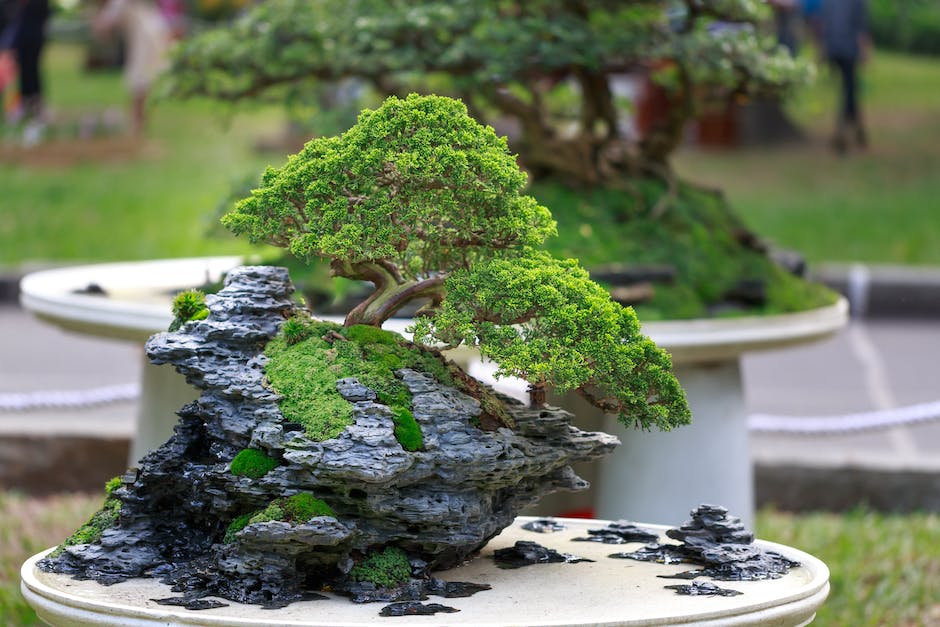
The tranquil charm of Omiya Bonsai Village presents a paradigm of Japan’s sophisticated artistry and dedication to their cultural traditions that flow through the roots of each bonsai tree. Whether you’re a seasoned bonsai enthusiast or a curious traveler, your journey through this village will leave you with a profound appreciation for the meticulous craftsmanship and patience inherent in the art of bonsai. With opportunities to participate in interactive workshops, and a plethora of scenic landmarks, shops, and dining options to explore, Omiya Bonsai Village truly offers a unique tapestry of experiences that will imbue you with lasting impressions of Japan’s rich cultural charm and warm hospitality.
